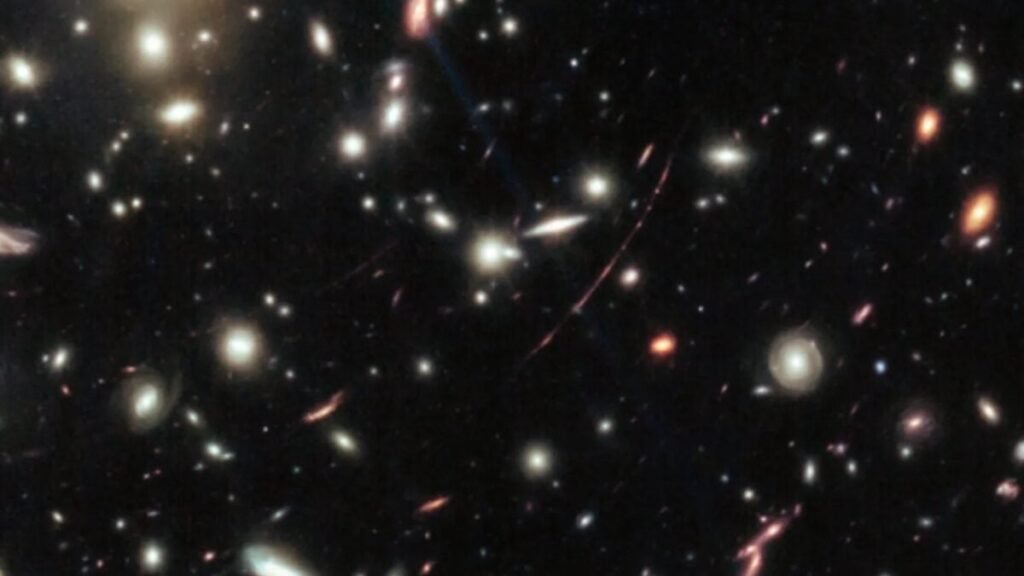Earendel and the cosmic enigma: Star or hidden cluster at the beginning of the universe?

In 2022, Earendel ceased to be a poetic character from Tolkien to become an astronomical symbol: the supposed most distant known star. However, what seemed like an indisputable truth now wavers as experts suggest that this lost glow at the edge of the universe could hide a much more complex story.
The myth and science behind Earendel
It ignited collective imagination: a lonely star whose light began to travel when the universe was only 6.5% of its current age. But as with mirages in the desert, the truth is not always what it seems. Its light, magnified by a gravitational lens, may not come from a single star, but from a cluster of them grouped in the dawn of cosmic history.
The hypothesis of the globular cluster
Recent research compared the luminous behavior of Earendel with that of a confirmed globular cluster. The results point to revealing similarities: the intensity and variation of brightness align better with the signature of a group of compressed stars rather than that of an individual star. If confirmed, it would witness the birth of the first stable stellar structures after the Big Bang.
The challenge of seeing through a cosmic lens
The real challenge lies in the distance and the distortion caused by the gravitational lens acting as a natural magnifying glass. At that scale, distinguishing between the glow of a solitary star and that of an entire cluster is nearly impossible. Scientists liken the task to identifying a person from a wrinkled fingerprint: the outlines are known, but the image remains incomplete.
For now, the true nature of Earendel remains a mystery. Scientists hope that future telescopes, capable of deciphering the traces of primordial light more sharply, can clarify its real nature. Until then, this object remains a beacon of uncertainty reminding us of how much we still don’t know about the origins of the universe.






